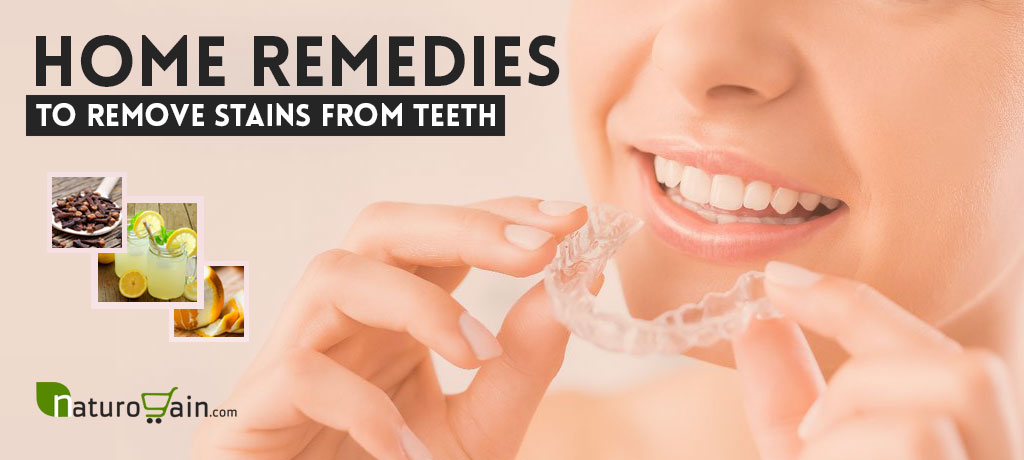How to Effectively Remove Stains from Your Teeth Naturally
Causes of Tooth Staining
Tooth stains can occur due to various lifestyle and dietary factors. Brown tooth stains are commonly caused by consuming beverages like coffee, tea, red wine and dark sodas which contain pigments that can stain the teeth over time. Smoking tobacco products is another major cause of teeth yellowing as it deposits tar residues on the enamel. Internal tooth stains also known as fluorosis stains manifest as white, yellow or brown patches and result from excessive fluoride intake during childhood. Dental plaque, a sticky film of bacteria, food debris and saliva, when allowed to build up, leaves behind residues that discolor the tooth surface. Untreated dental cavities or damage to the enamel layer also exposes the darker lying dentin which gives teeth a dull, stained look.

Routine Dental Hygiene Is Key
Establishing good oral hygiene habits is essential to prevent and remove surface stains from teeth. Brush twice daily with a toothpaste for stain removal and pay attention to brush the four surfaces of each tooth - the front, back, chewing surfaces and sides. Floss once daily to remove debris lodged between teeth and under the gumline. Consider using an electric toothbrush for plaque removal which is more effective at cleaning than a manual brush. Rinse mouth with an antibacterial mouthwash after every meal to reduce the bacteria responsible for tooth staining. During professional cleanings, your dentist will polish the teeth to scrub off surface stains using special instruments.
Baking Soda Works as a Gentle Polish
An effective home remedy to gently buff away surface stains is mixing baking soda with a little water to form a paste and brushing your front teeth with it once a week. However, avoid over-brushing to prevent damaging the enamel layer. Wait 7 days between uses to allow gums to heal. Once stains are removed, use the paste monthly as a natural polisher. Baking soda has mild abrasives that scrub away stains without being too harsh on teeth or gums. For deeper brown stains, see your dentist as over-the-counter methods may not fully remove them.
Other Natural Remedies to Try
For stain removal, make a paste by mixing equal amounts of baking soda and hydrogen peroxide. Apply it on teeth and let it sit for 2-3 minutes before rinsing. Hydrogen peroxide acts as a natural bleaching agent when combined with baking soda. You can also make a homemade toothpaste by blending 1/4 cup baking soda with 5-6 drops of lemon essential oil. The citric acid in lemon helps dissolve surface stains. Apply it on teeth using a dry toothbrush and rinse mouth thoroughly afterwards. Coconut oil pulling is another effective remedy where you swish around lukewarm coconut oil in the mouth for 15-20 minutes daily before spitting it out. Its antibacterial properties aid in stain removal.
Professional Teeth Whitening for Deeper Discoloration
For stubborn brown stains caused by lifestyle habits or fluorosis that do not respond to natural remedies, see your dentist for a professional teeth whitening procedure. They will first examine your teeth and develop a customized treatment plan. Common in-office options are laser whitening or specially formulated bleaching gel application under LED light. The bleaching agent, usually a concentrated hydrogen peroxide solution, is applied to teeth where it penetrates the enamel and breaks down stain compounds from inside. Teeth are usually lightened by several shades after just one 1-hour session. Effects last up to a few years with proper oral care maintenance.
Maintain a Healthy Diet and Lifestyle
A healthy diet and lifestyle plays a key role in keeping stains at bay. Avoid staining triggers like coffee, tea, red wine, tobacco, strongly colored or acidic foods. Steer clear of excessive fluoride intake that causes mottling. Drink water instead of sugary sodas which feed the bacteria responsible for plaque. Manage stress through techniques like yoga or meditation as chronic stress raises cortisol levels in saliva leading to increased staining potential. Always disclose to your dentist any medical conditions or medications you take which may contribute to staining. With consistent home care and professional cleanings every 6 months, you can easily maintain your whitening results for years to come.
Summary
In summary, regular brushing, flossing, usage of whitening toothpaste along with dental cleanings every 6 months are essential for stain prevention and removal. Baking soda based pastes are gentle polishing solutions but may not remove deeper stains. Hydrogen peroxide and lemon juice aids work as natural bleaching agents. For severe discoloration, professional in-office whitening yields best long-lasting results. Maintaining a balnced diet, staying hydrated and controlling lifestyle influences like smoking and excessive fluoride plays a supportive role in your overall oral health and brilliant smile. With diligent oral hygiene and necessary interventions, you can bid adieu to unsightly tooth stains effectively.
